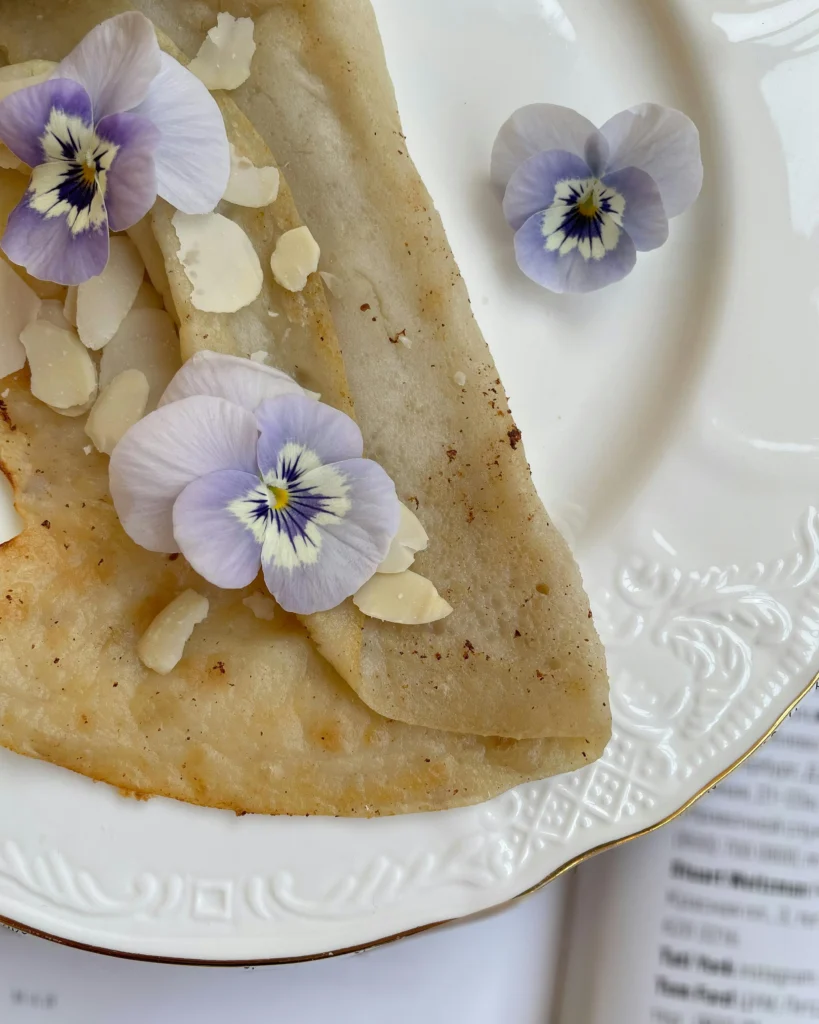24 Mar Serving Spring on a Platter: Buds and Blooms
Looking for a cost-effective way to add color and flavor to your seasonal menu? Take advantage of all the blooming edible flowers! Although this isn’t a new trend, edible flowers are an innovative way to brighten up texture and presentation of a menu item, especially beverages.
Chefs over the world use hibiscus, lavender, violas, pansies, and roses to add eye-catching beauty. Other herb flowers such as basil, cilantro, chive, and dill are used for flavor and color contrast. There are dozens of edible flowers to choose from but the ones that will be beneficial for a chef’s menu will depend on the application. Petals, herbs, herb flowers, and buds can all be used to pair with each other. In the past, flowers were mostly used as garnish – rarely eaten or only used on the side of a plate or glass. With a recent flare in popularity again, flowers are now used more for their flavor and even health benefits than their looks.
Recently, some of the most popular ways edible flowers are used today are found in cocktails, lattes, teas, and water. For inspiration, here is a list of edible flowers, and some popular ways to use them. Before using any plant/flower, be sure that it is edible from a medical or plant expert and avoid taste testing unless you are sure.
Commonly used edible flowers
- pansy
- hibiscus
- nasturtiums
- impatiens
- roses
- carnation
- lavender
- English daisy
- violets
- marigold
- elderflower
- lilac
Ways to use edible flowers
- Flower Butter (commonly made with marigold or dandelion)
- Flower-infused syrup
- Lavender or Lilac Honey Latte
- Garden Variety Gins / Elderflower Cocktail
- Shortbread (Roses, Chamomile, lavender)
- Ice cubes
- Crepes
Food & Beverage Management
Today’s food and beverage industry includes effective beverage management. With a greater interest in food and beverage pairing along with an increased selection of wine, spirits, craft brewing, teas, and coffees, beverages are becoming more sophisticated and diverse. Chef Beverage Management e-Textbook: The Beverage Manager’s Guide to Wine, Beers and Spirits focuses on building and sustaining a profitable beverage program along with concepts to assist in training employees, managing and marketing beverages.



